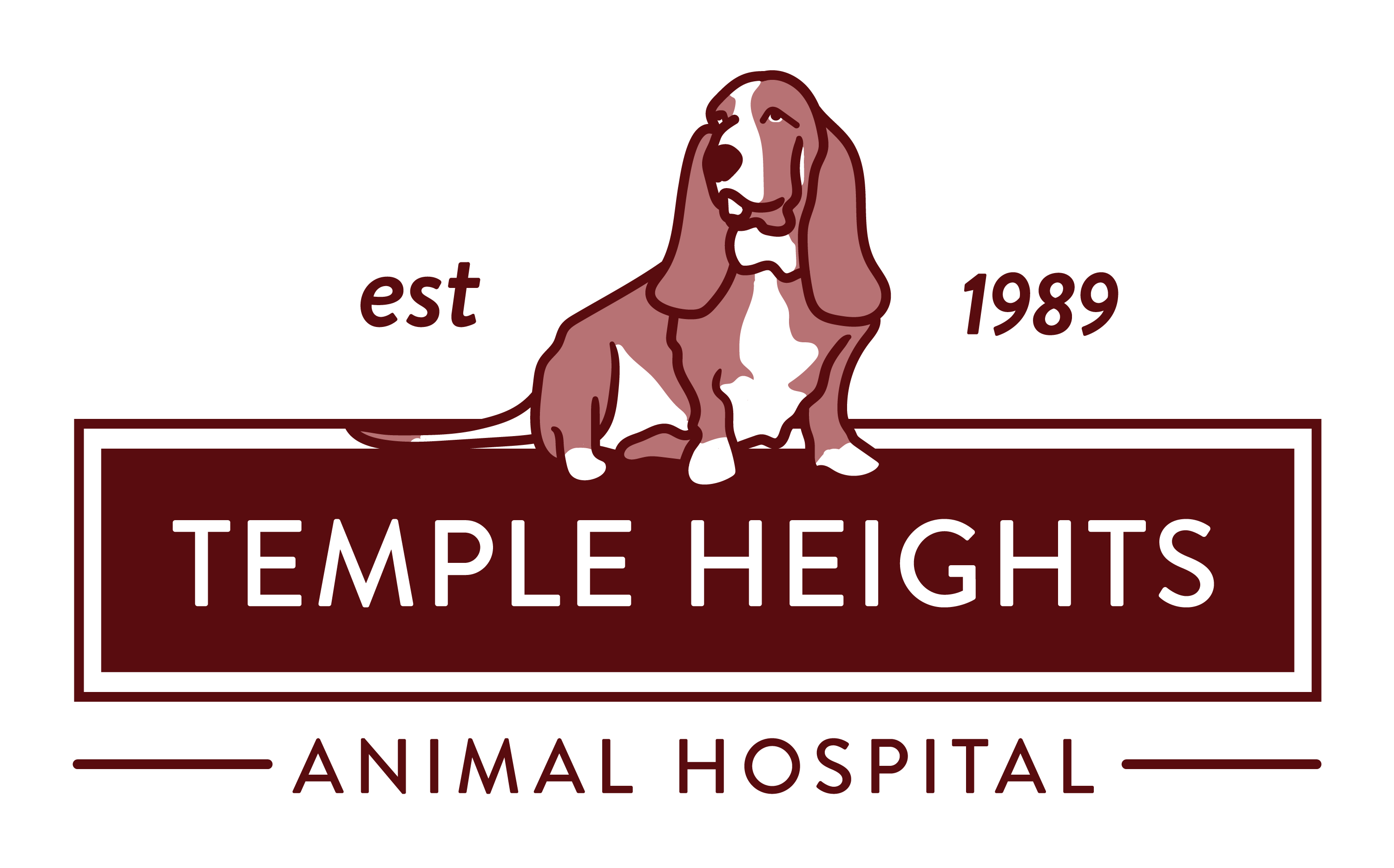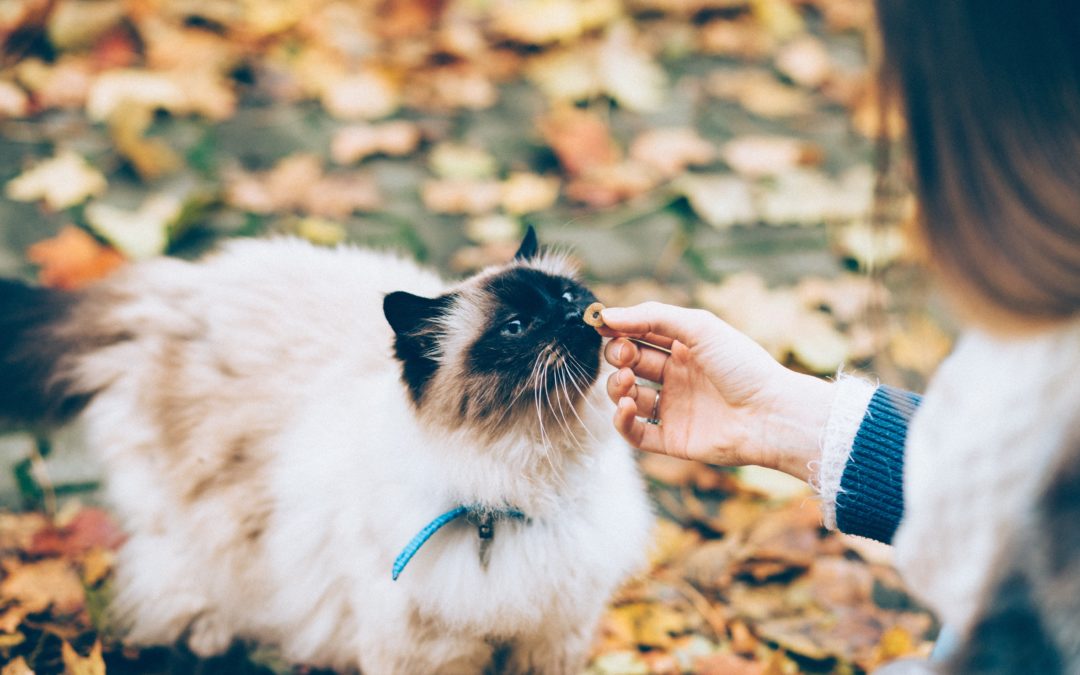Sometimes, it can be tough to keep track of all the hazards our pets might come into contact with. It’s like we’re parenting a newborn– with every new experience, we are questioning whether or not we are exposing our pets to something safe!
That’s why we’ll always be here to remind you of each new season’s potential hazards for your pets.
That’s right… every season we’ll gift you a magical link that will tell you which things to avoid or be cautious about while you enjoy life with your precious pets.
With that being said, we give you:
The Fall Edition!
What are the hazards?
We have covered this topic more in-depth before, so let’s recap a quick list of hazards to our pets that tend to be more prevalent once the fall season begins.
You should be careful of:
- School supplies. Bringing out these “new” items may spark some curiosity within your pet, so keep them out of reach!
- Mushrooms. Fall is full of fungi. No, not the life of the party, the mushrooms you see sprouting up around you in SoCal (and in other areas of the country).
- Wildlife. Fall can be an active time for certain wildlife, depending on where you live. For example, here in Oceanside, we might encounter snakes who are preparing to go into hibernation.
Don’t worry, we discussed everything on this list and more in previous posts, which we have right here for you (those magical links, remember?).
To read more about why to avoid exposing your pets to school supplies, mushrooms, and wildlife, click here.
To learn more about why pumpkins and corn can be dangerous to our pets, as well as what other tips will see you through Halloween safely, click here.
Now that you know the hazards, what do you do if your pet is exposed to them or you have an emergency on your hands?
Accidents happen. That is life, and it is perfectly okay. However, it does mean that we should educate ourselves on what to do in the event that an emergent situation with our pet arises.
- Have our phone number (or your own veterinarian’s phone number) on hand. Put it in your phone, and do NOT hesitate to call should you have a question about hazardous exposure or if your pet is showing unusual symptoms. If you are in Southern California and NOT using Temple Heights as your veterinary clinic, we can change that. Contact us here.
- Know of the emergency vet clinics in your area and save their phone numbers as well. While we will help in any way that we can during an emergency, emergency clinics are better suited for issues that pop up on the go or during off-hours. Be aware of the ones in your area, and familiarize yourself with their hours. Save their phone numbers in case of an emergency.
- If your pet has ingested something you believe to be poisonous, or something you are unsure about (like a particular mushroom), call the ASPCA Animal Poison Control Center. Save this phone number too! You can reach them at (888) 426-4435.
We want you to enjoy the fall season with your pets, and these tips will make sure you do so safely! If you have questions or want to celebrate fall with a routine trip to your local veterinary hospital (and we’d LOVE to see you this spooky season), contact us here!

